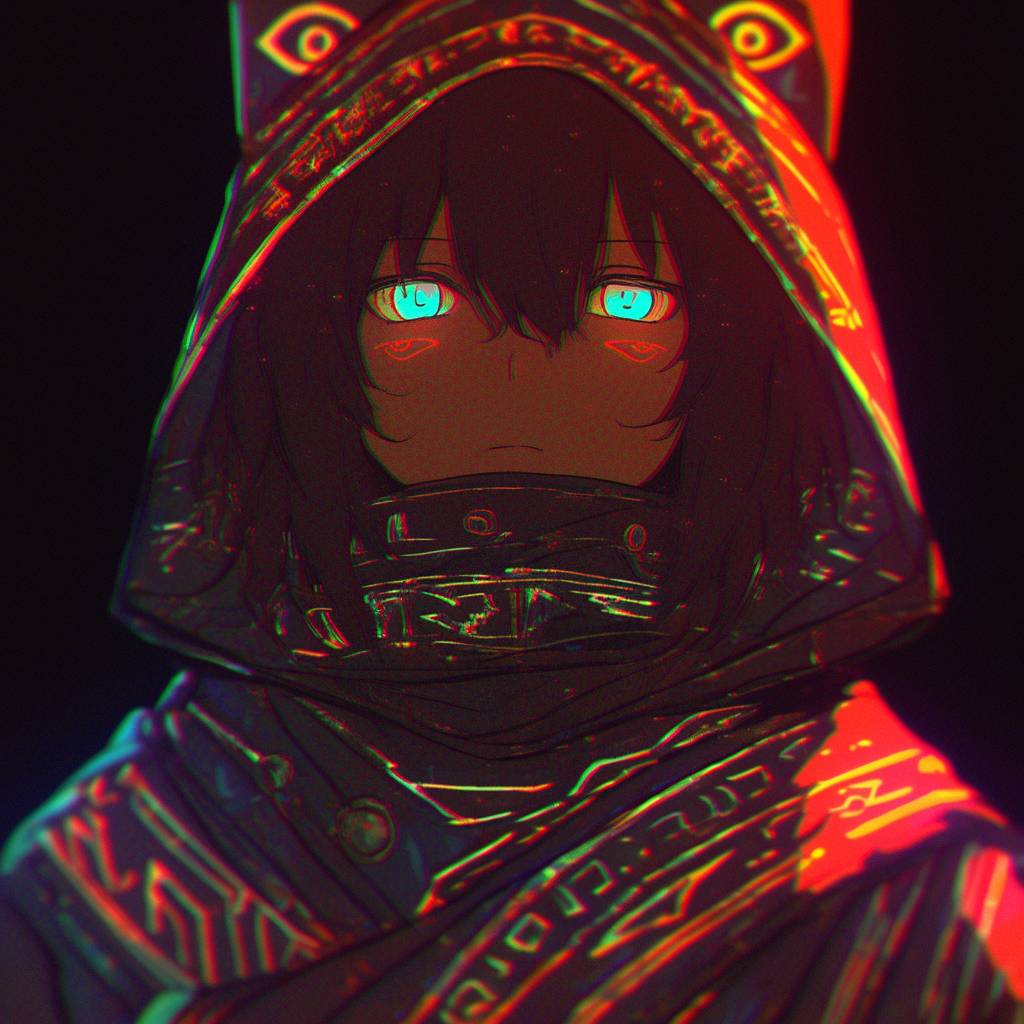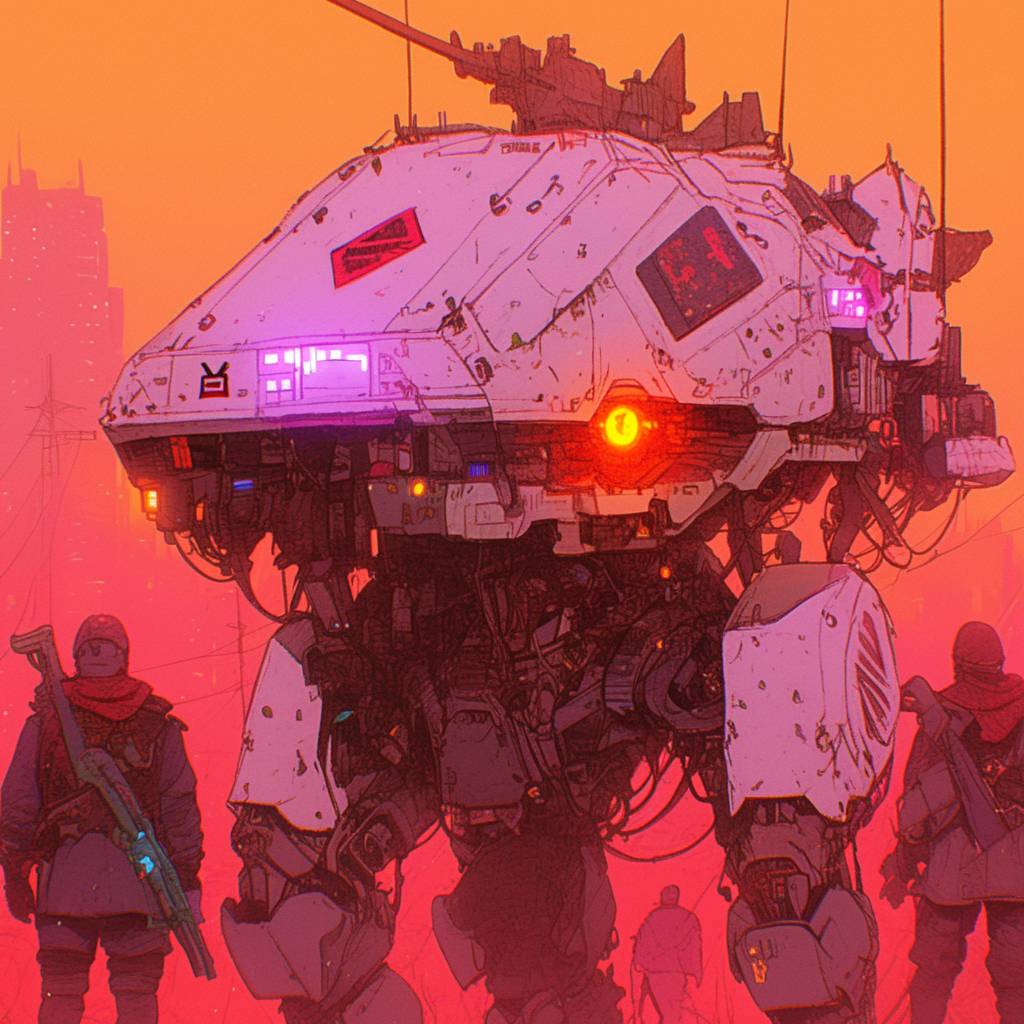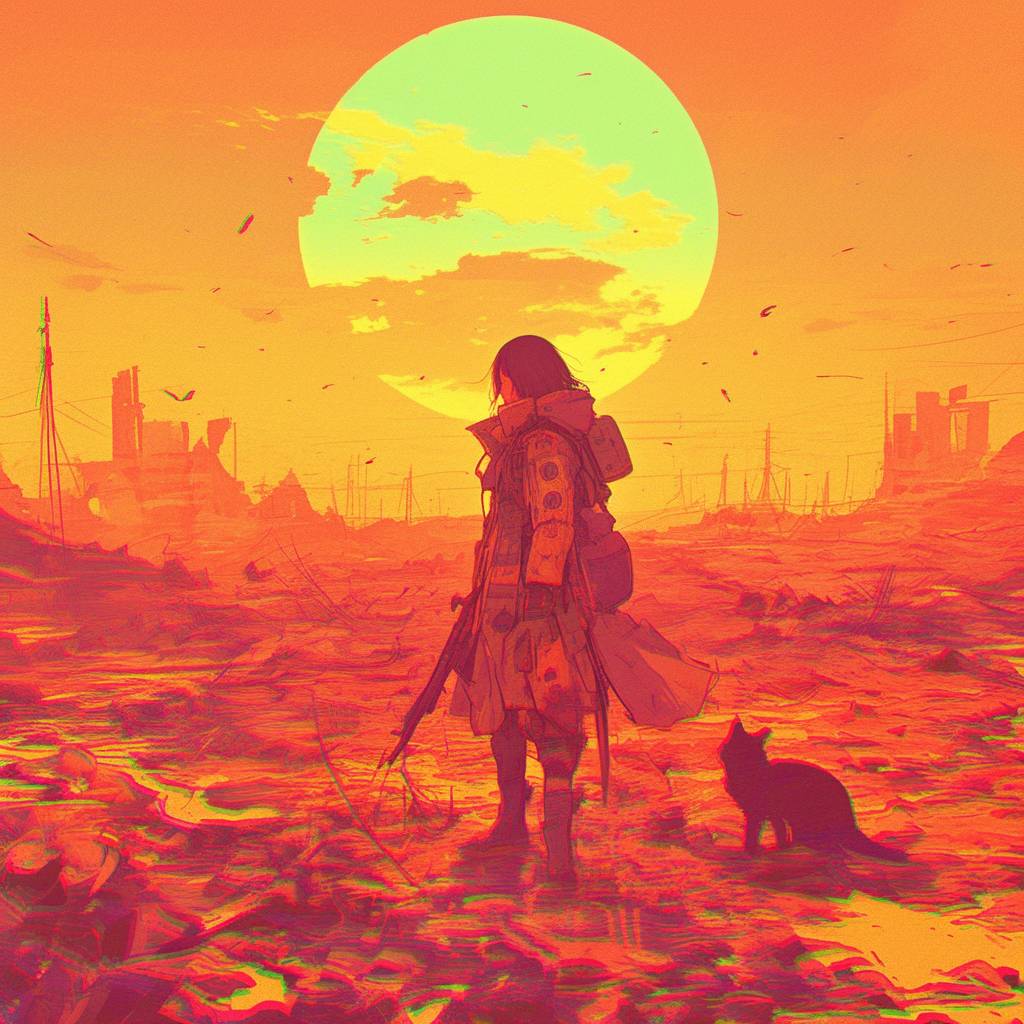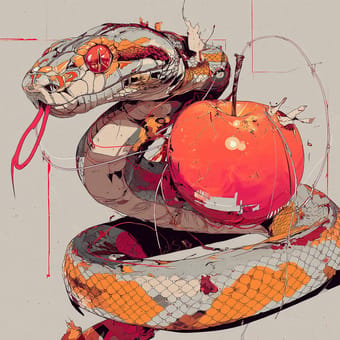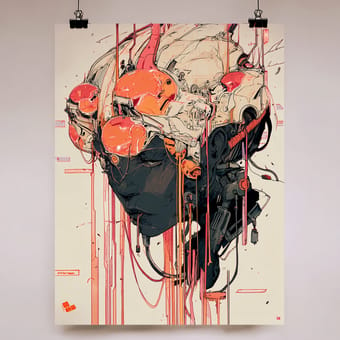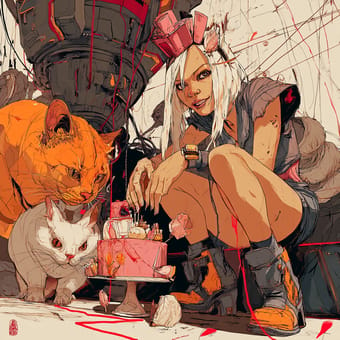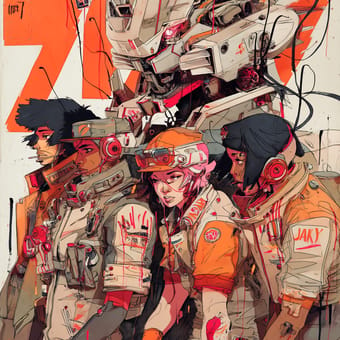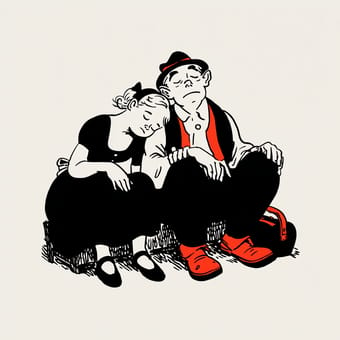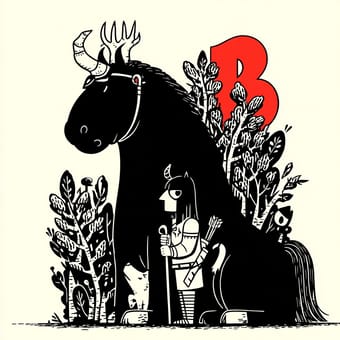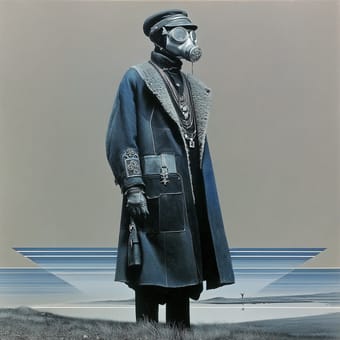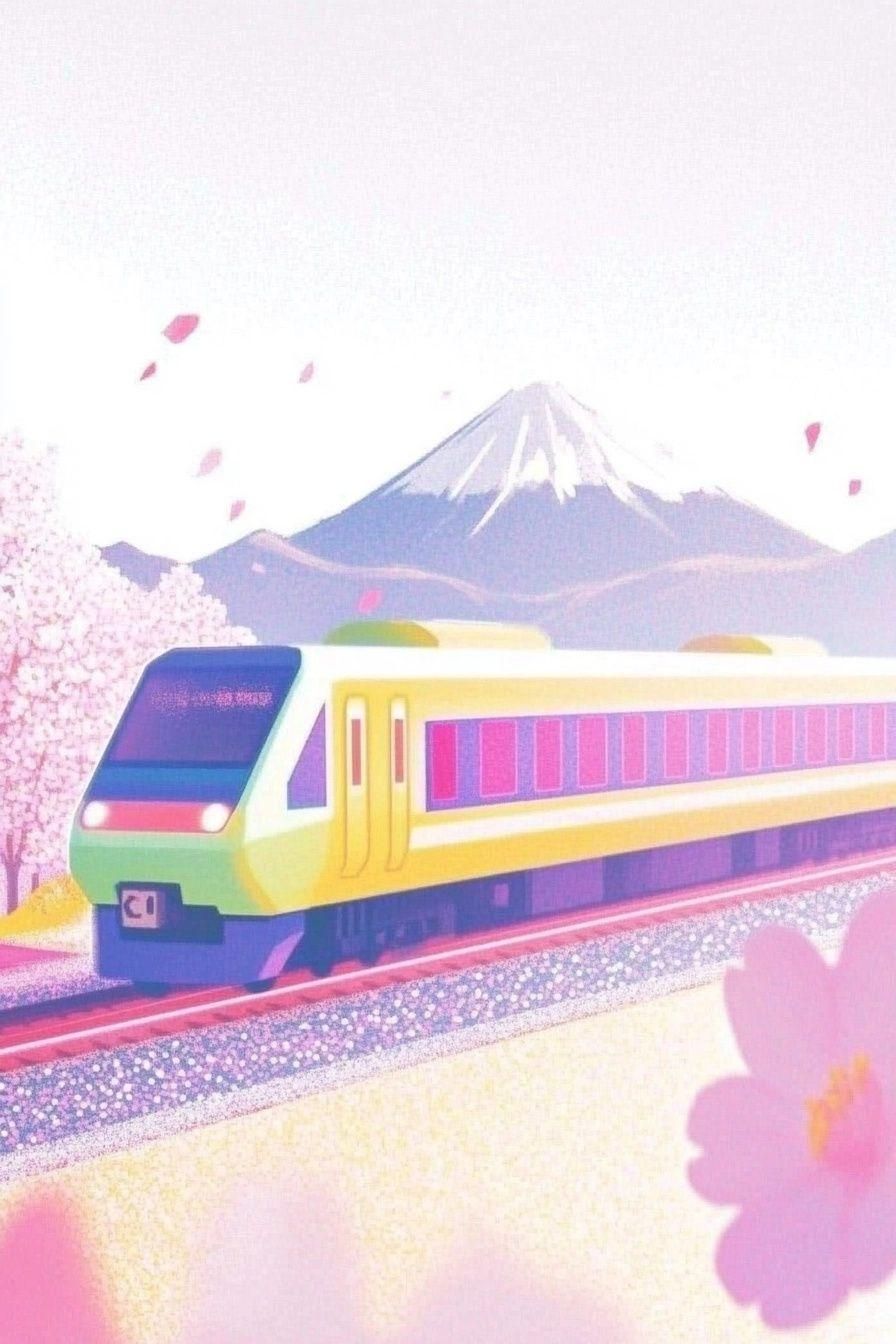Art Style Type
This SREF style blends elements of cyberpunk, post-apocalyptic, and futuristic aesthetics with strong Japanese anime influences. It belongs to these categories because it expresses a simultaneously futuristic yet decadent atmosphere through striking color contrasts, scenes where technology and decay coexist, and design elements with a strong future-oriented sensibility—core qualities of both cyberpunk and post-apocalyptic genres.
Style Characteristics
The most striking feature of these images is their vibrant yet nuanced color palette, dominated by orange-reds, purples, and teal-greens that create a powerful visual impact. The scenes exhibit a certain "glow" quality, as if reality has been digitally processed, with lighting that creates a dreamlike, surreal atmosphere. Compositionally, there's dramatic contrast in light and shadow treatment, along with intricate and complex detail work that maintains rich textures even in distant perspectives. This style is impressive because it successfully combines futuristic technological elements with wasteland aesthetics to create a visual world that feels both alien and captivating.
Style-Enhancing Prompt Keywords
- Neon lighting: Adding this term can enhance the luminous elements in the image, increasing the technological feel and cyberpunk atmosphere while adding more dimensionality and depth
- Wasteland scenery: Using this keyword can strengthen the sense of decay and post-apocalyptic style while maintaining a unique beauty and narrative quality
- Desaturated backgrounds: This element can add a cinematic quality to the overall image while keeping the main subject vibrant, enhancing the dramatic composition and emotional expression
Recommended Application Scenarios
This style is particularly suitable for science fiction game concept designs, futuristic music album covers, cyberpunk movie posters, independent sci-fi novel illustrations, and any visual work that needs to express a coexistence of futuristic elements and decadent aesthetics. It also works exceptionally well as a reference for specific worldbuilding in anime or comics, especially those exploring post-human civilizations or conflicts between technology and nature.
 Library
Library